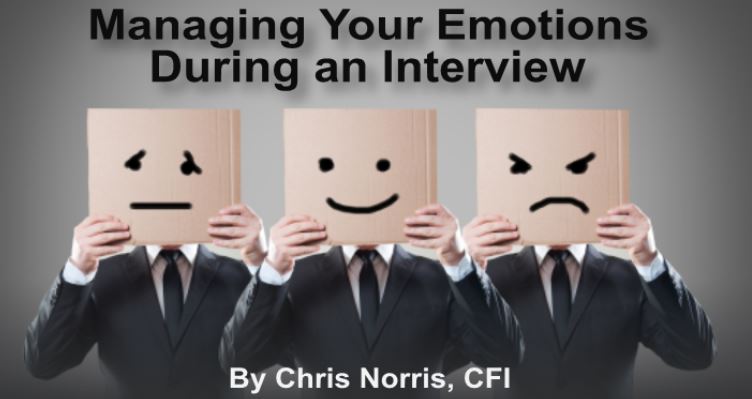 You’ve probably heard that when you’re smiling, the whole world smiles with you. In reality, that’s not exactly the case.
You’ve probably heard that when you’re smiling, the whole world smiles with you. In reality, that’s not exactly the case.
According to researchers, Americans smile more than residents of other countries, and those other countries don’t seem eager to follow our grins. For some, persistent American smiling can be disconcerting.
To learn more, we talked to David Matsumoto, professor of psychology at San Francisco State University. He studies micro-expressions and non-verbal behavior.
LISTEN NOW
 How good are you at detecting emotions?
How good are you at detecting emotions? Re-published with Permission from Wicklander-Zulawski
Re-published with Permission from Wicklander-Zulawski